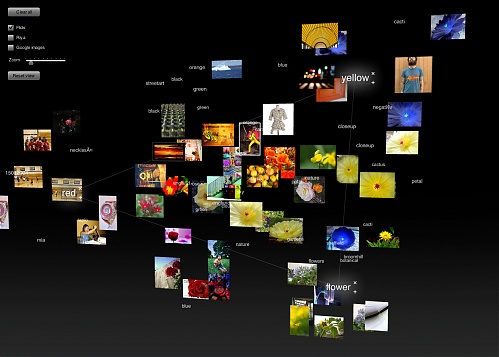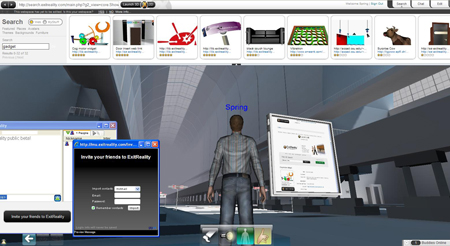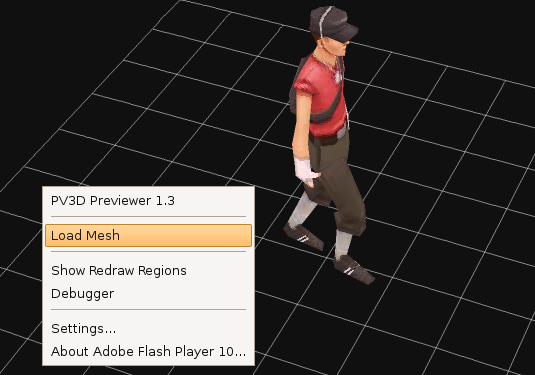As many developers turn to flash for their scripting needs, one needs to wonder which flash engine to choose. With hundreds of options available it can be a nightmare narrowing down a specific engine for a specific job of choice. However, in the next article we will discuss the various flash engines, and the pros/cons of each in relation to a programming job. For this article we will be discussing the four most popular engines: Papervision, Alternativa, Away3d, and Sandy.

In order to get proper results from either, let us look at benchmark tests for all four.
In Papervision (PPV) the first nice thing is that the open source version is free! With the economy becoming worse many tools are starting to charge for their service and if one is ethical that can cost a pretty-penny. Next is the benchmark tests. PPV was found to stand up against the leading competitors for flash engines, while causing a tad bit of lag in regards to certain situations. More on that will be discussed later.

Alternativa3d, although not free, provides superior power over the previous mentioned PPV. Frames are rendered in an extremely fast rate and not even in high stress situations does the processor begin to feel the heat. This software is developed for the gaming platform, so multiple versions running have no effect on it’s performance. Although not free, this is definitely a leading contender for flash engines.


Another open source alternative, Away3d, is an exciting new addition to the world of flash engines. With a suggested donation button you can contribute to a project that is rapidly developing. This engine holds up moderately well under stress, and benchmark tests have shown that Away3d performs on par to just a tad under par against’ competitors like Alternativa3d.
Lastly Sandy. Oh Sandy. Sandy is again another open source option with a great frame rate display and moderate performance. It is not too taxing on a processor and would be perfect for web-design, although gaming might be difficult. In a fun little package with great tech support Sandy would be a viable option for the new developer or more.
Overall after all is said and done, Alternativa3d rules supreme. It supports high frame rates and is less taxing on browsers, making it the ruler for flash Engines.
About the guest author: James Mowery is a computer geek that writes about technology and related topics. To read more blog posts by him, go to laptop computers.


Comments
3 responses to “What are the difference between 3D engines for Flash”